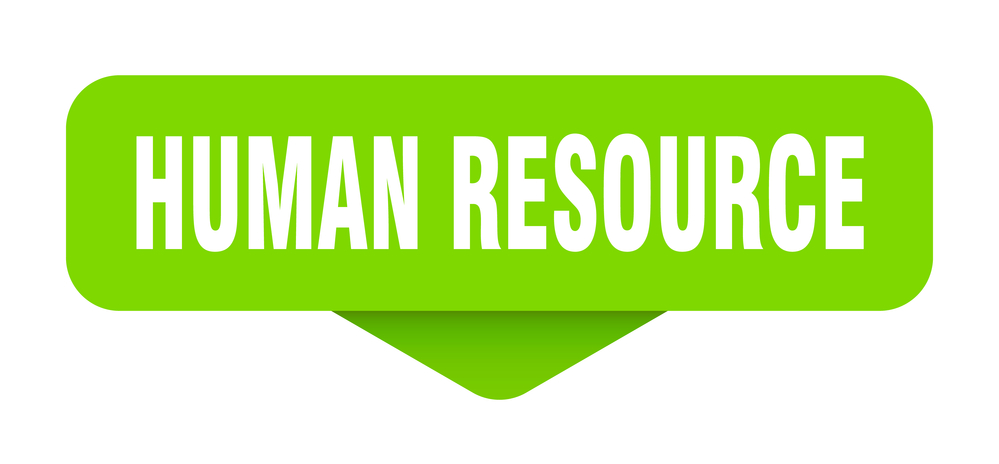Recently, it seems that AI-generated content is everywhere. But when it comes to utilizing this tool yourself, is it helping or hurting your SEO? We’ve seen firsthand that poorly implemented AI content can tank rankings. In a recent example, the director of marketing for a local company, let’s call them Jane’s Flowers, called us to ask why their website was almost completely disappearing from search results. They decided they would rather take the shortcut and have everything be completely AI-generated. While this may have seemed like a good idea at the time, their engagement a year later is down 65% from when they were implementing human intelligence rather than relying on AI. So for all of you marketing buffs out there, here are some tips and tricks on how you can use AI effectively to boost your SEO.
Does Google actually hate AI? Nope.
When reviewing Google’s official stance on AI and SEO, it is clear that they prioritize quality content over how it is produced. They recognize that AI can be a useful tool, as long as it is not being used to generate spam content. As portrayed in the Jane’s Flowers example above, Google was not penalizing them for using AI, but rather that they where relying entirely on it. It’s important to pay attention to generating helpful content that can be assisted by AI. An acronym to remember is EEAT, expertise, experience, authoritativeness, and trustworthiness. Experience is useful as Google is looking for genuine, hands-on insight. True experience adds authenticity that AI just can’t replicate. Expertise is important in proving that you know your stuff. For example, a certified accountant writing about tax strategies is seen as more credible than any random blog writer. Authoritativeness is showing that you are a trusted source in the area you are teaching about. Show that you are a reputable source in your industry. Finally, trustworthiness comes into play when you want people to rely on the information you are providing. That means secure websites, clear authorship, cited sources, no sketchy tactics, and accurate information. Trust is the backbone of high-ranking content. This is how Google determines which websites it pushes to the front and what gets left in the dust. To see Google’s statement on this topic, click here.
Where AI Goes Wrong (And Why Your SEO Might pay)
Although Google doesn’t hate AI, there are certainly instances when it doesn’t work the way we want. These downsides include the generation of thin, generic, or regurgitated content that lacks insight. For example, if Jane’s Flower’s wants to write a blog on tulips, but chooses to use AI as a shortcut. At the same time, 100 other florists are receiving the exact same AI generated response about tulips for their blogs. This significantly diminishes the originality and helpfulness of the content. AI can also lack authoritativeness or clear audience value. Without the important step of adding a human touch, it can lack a voice and limit engagement factors like time on page. While it may seem like a great shortcut in the short term, overusing these tools to do the whole job for us can end up tanking our rankings in the long term.

How to Create AI-Enhanced Content That Google Loves
When looking to please Google’s search ranking technology, there are a few things to pay close attention to. The key word here is AI-enhanced. We need to be using this tech to improve upon our human insight, experience, and unique value. Take this example: Let’s say Jane’s Flowers is writing a blog post on “Top Types of Soil to Plant in.” They might use AI to generate an outline or suggest a few tips, but then they add their personal experience of planting all different types of flora in various conditions. They might even include an actual client success story. This human touch can help include perspective and optimize user experience in ways that AI cannot. Google will also like this because your intent is correct, you are looking to inform people based on real-world experience. Another tip is to include internal linking, SEO structure, headers, and helpful media such as relevant pictures or videos. Finally, remember EEAT and how important it is to build trust through using these practices.
A Better Approach for Content Creation: Humans First, AI-Assisted
When consulting with other marketing professionals, we suggest they use AI to support them through the creative process rather than relying on it to do our job for them. We urge them to mainly using it to brainstorm, structure, and outline before injecting our human touch into the projects. It’s completely ok to use AI to think up the main points, but past that, its up to them to expand on these ideas. In the end, we advise them to use their own individual creativity, strategy, and strong brand voice first in the final product, unlike what Jane’s Flowers attempted. In instances such as blog creation or some content strategies, AI can add value without replacing our expertise.

Want to use AI to boost your SEO? Be Smart About it.
If you’re thinking about using AI to level up your content rankings, great! Just make sure you’re doing it the right way. AI can be a powerful tool when used with intention. It’s fast, efficient, and capable of generating high levels of content in seconds. But here’s the truth: content that ranks well isn’t just about volume, it’s about value. Search engines like Google aren’t impressed by how fast you can fill a page, they’re evaluating how helpful, trustworthy, and relevant your content is to real human readers. This is why AI-first content like Jane’s Flowers’ engagement is tanking.
Here are a few key takeaways for businesses looking to integrate AI into their SEO strategy:
- AI is a tool, not a replacement. Use it to support your writing process, not to skip the work entirely. It’s great for ideation, rough drafts, and overcoming writer’s block, but your human voice, insight, and strategy should always lead the way.
- Prioritize quality over quantity. One great blog post that’s thoughtful, well-structured, and genuinely useful will outperform ten AI-generated articles that say the same thing as everyone else.
- Keep your brand voice consistent. AI doesn’t know your story or your customers the way you do. Make sure everything you publish still sounds like you. Your personality should still shine through and align with your values.
- Remember Google’s goal. Google doesn’t care if your content was written by a person or generated by AI. It cares whether it’s helpful, original, and relevant. Poor-quality content, regardless of how it’s made, won’t perform well in search.
- Audit your existing content. Take a look at what you’ve already published. Are there pages that feel flat, robotic, or out of sync with your brand? Use this moment to rethink how AI is, or isn’t, serving your SEO goals.
- Think long-term. Great content isn’t just about clicks. It builds authority, trust, and connection over time. That’s what turns search traffic into loyal customers and lasting growth.
All this said, AI isn’t the enemy; poor quality content is. Google tends to care much less about how your content is made, they are looking for it to be helpful and innovative. As a reader of this post, it’s clear you are interested in increasing your rankings and engagement. Use this information to go back and audit the content you have already generated and rethink how you use AI to boost SEO.
Your audience and your rankings will thank you.

Hi! I’m Sophie, a rising junior at Penn State majoring in Public Relations with minors in Journalism and Business. I’m originally from Newburyport, Massachusetts, and when I’m not running or reporting for Penn State’s student newspaper, you’ll probably find me working on something creative. Coming from a family of artists, I’ve been drawn to the visual side of marketing. I love bringing data to life through engaging, imaginative visuals and finding creative ways to communicate a message. Through my work at the newspaper, I’ve developed a passion for writing in all forms, whether it’s a news article, blog post, or campaign content. I enjoy the entire process, from brainstorming to final edits. When it’s time to unwind, I like to escape to my family’s lake house in Maine, where I recharge by soaking in the scenery and unplugging for a bit.

